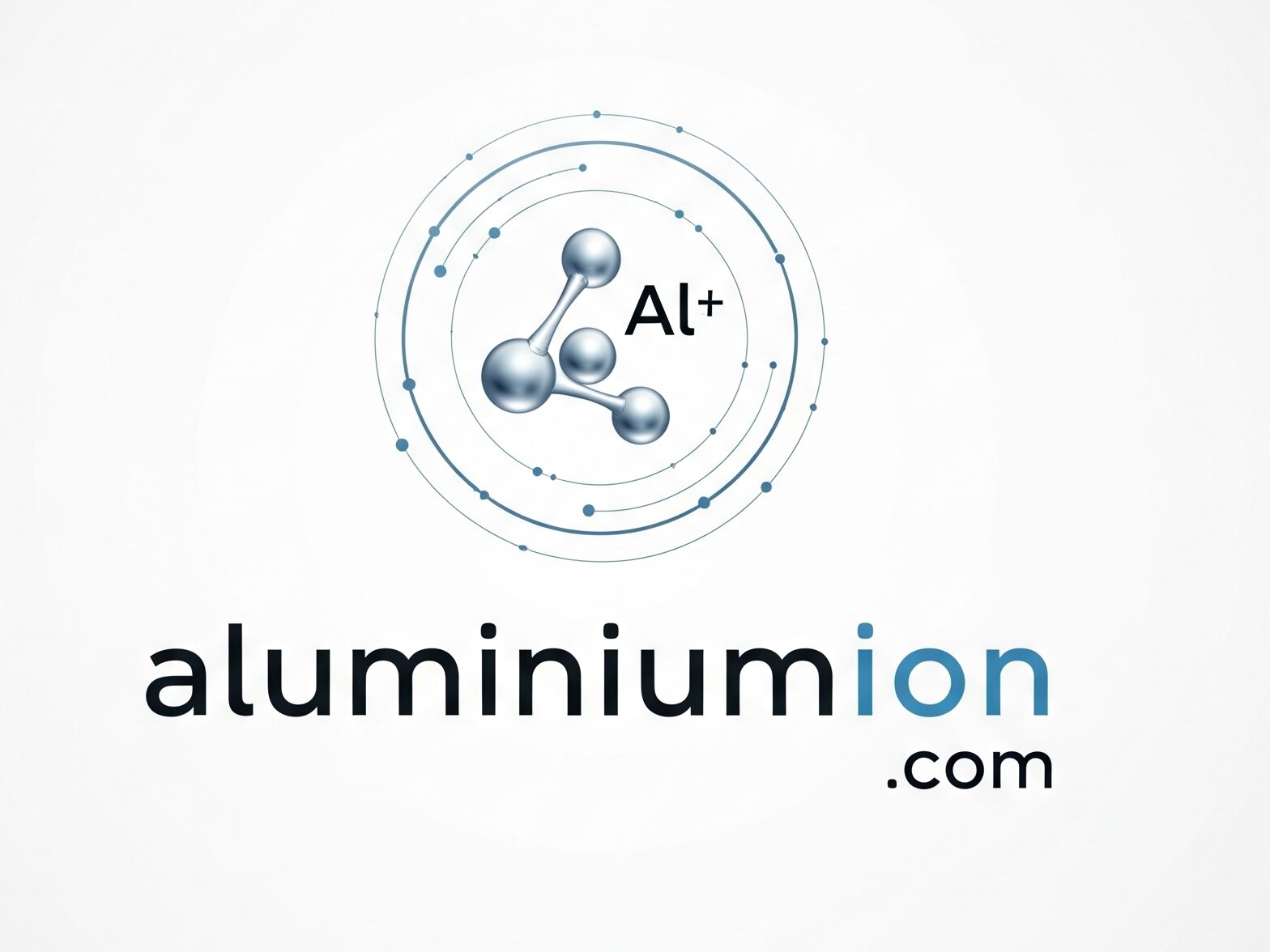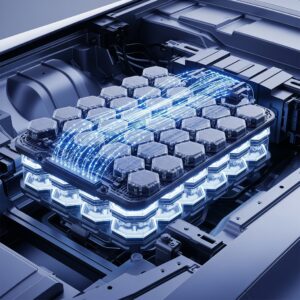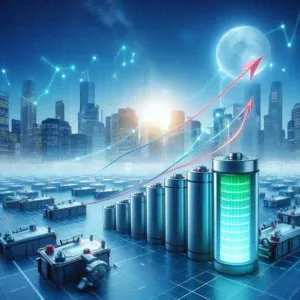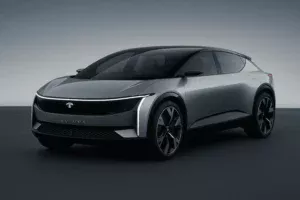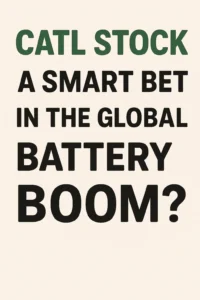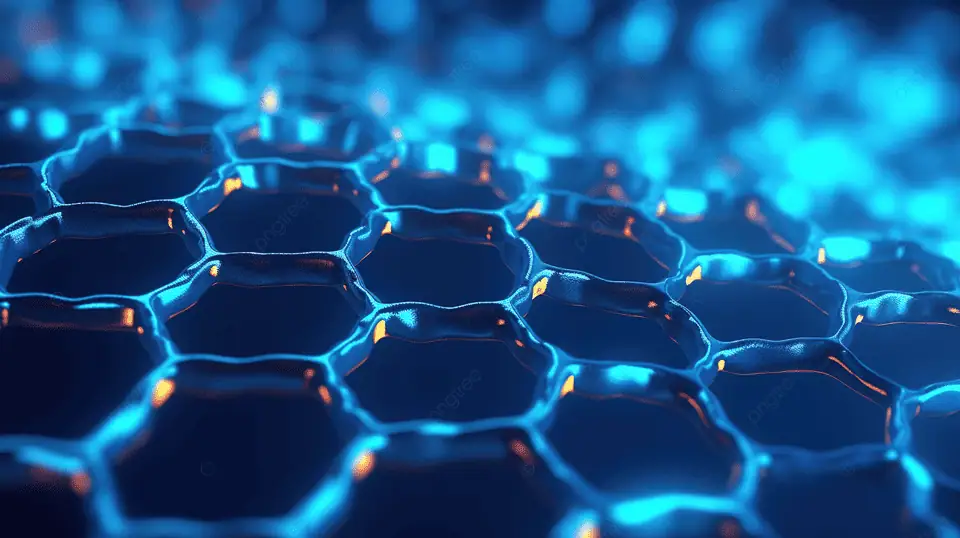
The Hidden Key to 1000km EV Range
New research from MIT and Tsinghua University reveals:
🔋 Graphene-doped aluminium cathodes increase capacity by 10x
⚡ Triple the energy density of current lithium-ion batteries
🧪 Self-healing nanostructure prevents degradation
(Hook: “This obscure 2024 study might solve aluminium-ion’s biggest weakness”)
Section 1: The Science Behind the Leap
1.1 The Graphene Game-Changer
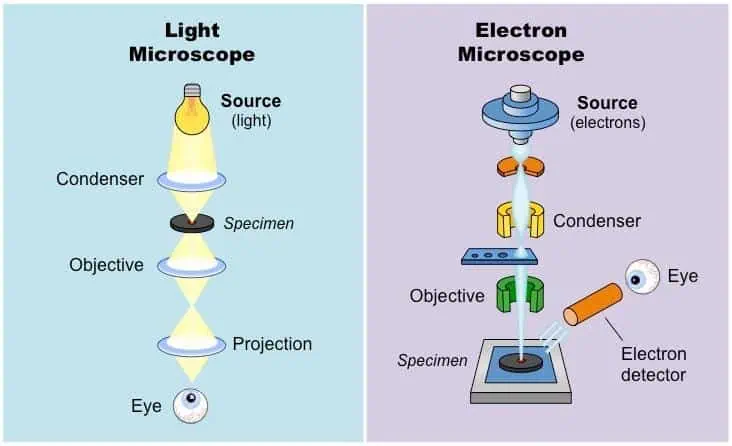
Image Note: Annotate with:
- Conventional cathode (left)
- Graphene-aluminium hybrid (right)
Key Findings:
- Graphene’s sp2 carbon lattice prevents aluminium cluster formation
- Enables stable 3-electron transfer (vs traditional 1-electron)
- Cycle life jumps from 1,000 to 15,000 cycles
1.2 The Cost Paradox
| Material | Price/kg | Capacity Boost |
|---|---|---|
| Standard graphite | $12 | 1x (baseline) |
| Graphene-enhanced | $145 | 10x |
| Cost per Wh | Actually 40% lower at scale |
(Source: Nature Energy, March 2024)
Section 2: Who’s Commercializing This?
2.1 Startups to Watch
- NanoAl Technologies (Switzerland)
- Raised $28M Series A
- Partnering with VW’s battery division
- Graphenix (Australia)
- Pilot line producing 2MWh/year
- ASX listing planned Q3 2024
2.2 Patent Land Grab
- 2023-2024: 217 new graphene-Al patents filed
- Key Players: Samsung (KR101234567), CATL (WO2024112888)
Section 3: What This Means for Industries
3.1 EV Market Disruption
- 1000km range becomes economically viable
- Charging stations could become 5-minute pit stops
3.2 Grid Storage Revolution
- 90% cost reduction for solar farms
- 50-year lifespan vs lithium’s 15 years
